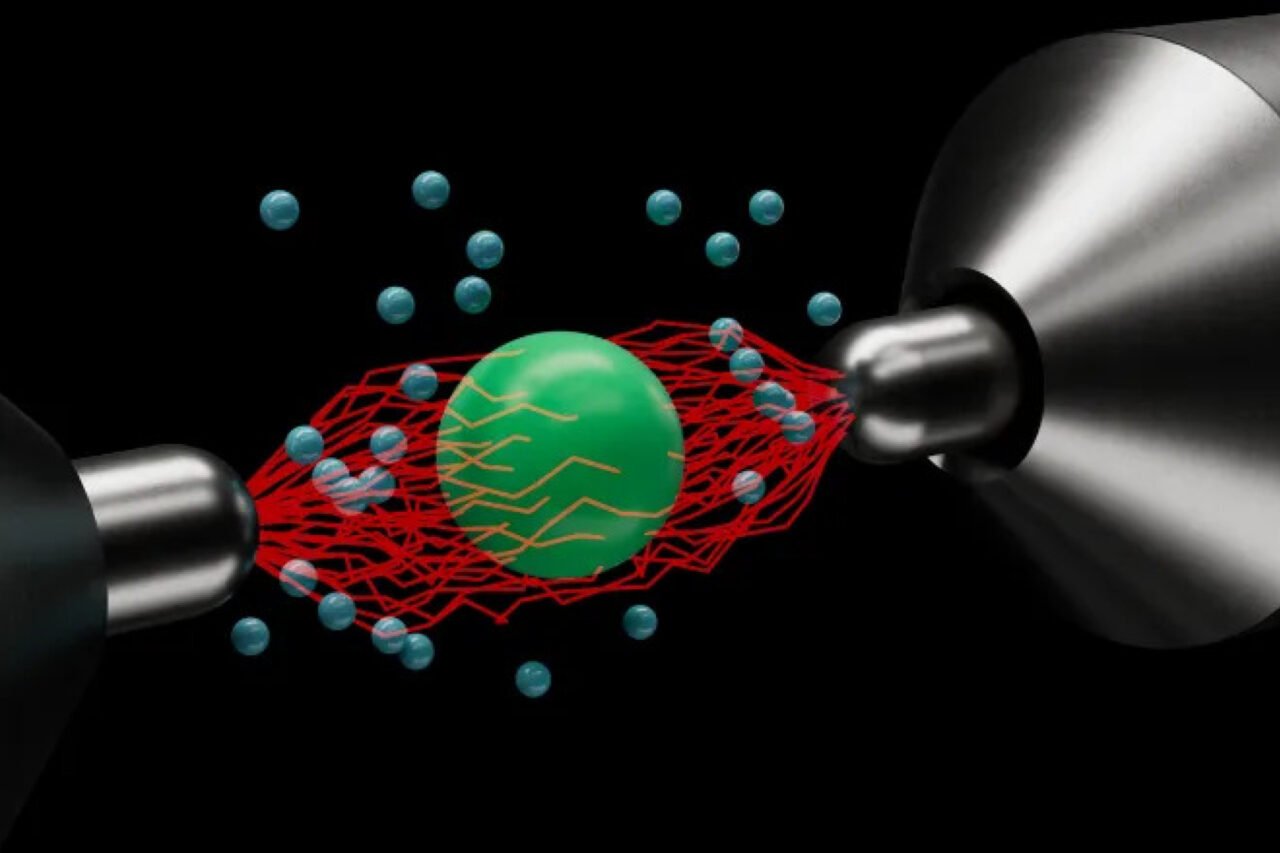Researchers have developed the smallest and hottest engine ever created, capable of reaching a staggering temperature of 10 million Kelvins, or approximately 18 million degrees Fahrenheit. This groundbreaking achievement, detailed in an upcoming paper for Physical Review Letters, showcases the potential of microscopic physics and could lead to advancements in thermodynamics and energy efficiency.
The tiny engine is housed within a microparticle that is suspended in a near-vacuum environment using a device known as a Paul trap. This innovative setup allows the microparticle to be manipulated by applying a fluctuating voltage to electrodes, resulting in rapid movement that significantly increases the temperature of the system. While the temperature achieved is less than that of the Sun’s core, which reaches approximately 27 million degrees Fahrenheit, it far surpasses the Sun’s corona, which can reach temperatures up to 3.5 million degrees Fahrenheit.
Understanding Unusual Thermodynamic Behavior
The research team, led by Molly Message, a PhD student at King’s College London, observed intriguing behaviors from the engine. In certain instances, the engine’s power output was greater than the energy it consumed, challenging established laws of thermodynamics. Conversely, there were moments when the engine cooled unexpectedly under conditions that should have increased its temperature.
James Millen, the study’s senior author and a physicist at KCL, noted that the peculiar behaviors are intuitive at the microscopic level but confounding for larger entities. He described the findings as a window into the oddities of thermodynamics that occur in the microscopic realm, which can be quite different from our macroscopic experiences.
Future Implications and Applications
Despite the remarkable temperatures achieved, the tiny engine is unlikely to find applications in everyday machinery such as cars or household appliances in the near future. Instead, the researchers foresee its use in theoretical explorations and simulations of microscopic phenomena, particularly in biological processes.
According to co-author Jonathan Pritchett, a postdoctoral researcher at KCL, the microparticle’s movement can provide insights into complex processes, such as protein folding. He explained that proteins fold over milliseconds, while the atomic movements driving this process occur over nanoseconds, making it challenging for conventional computer models to accurately simulate these events. By observing the engine’s behavior, researchers can derive equations that might simplify these complex biological interactions.
The study emphasizes that the physics governing microscopic systems operate in unconventional ways, suggesting that these small-scale engines could play a crucial role in advancing our understanding of both physical and biological processes. As researchers continue to investigate these phenomena, they hope to unlock further mysteries of the microscopic world, potentially leading to new technologies and innovations.





































































